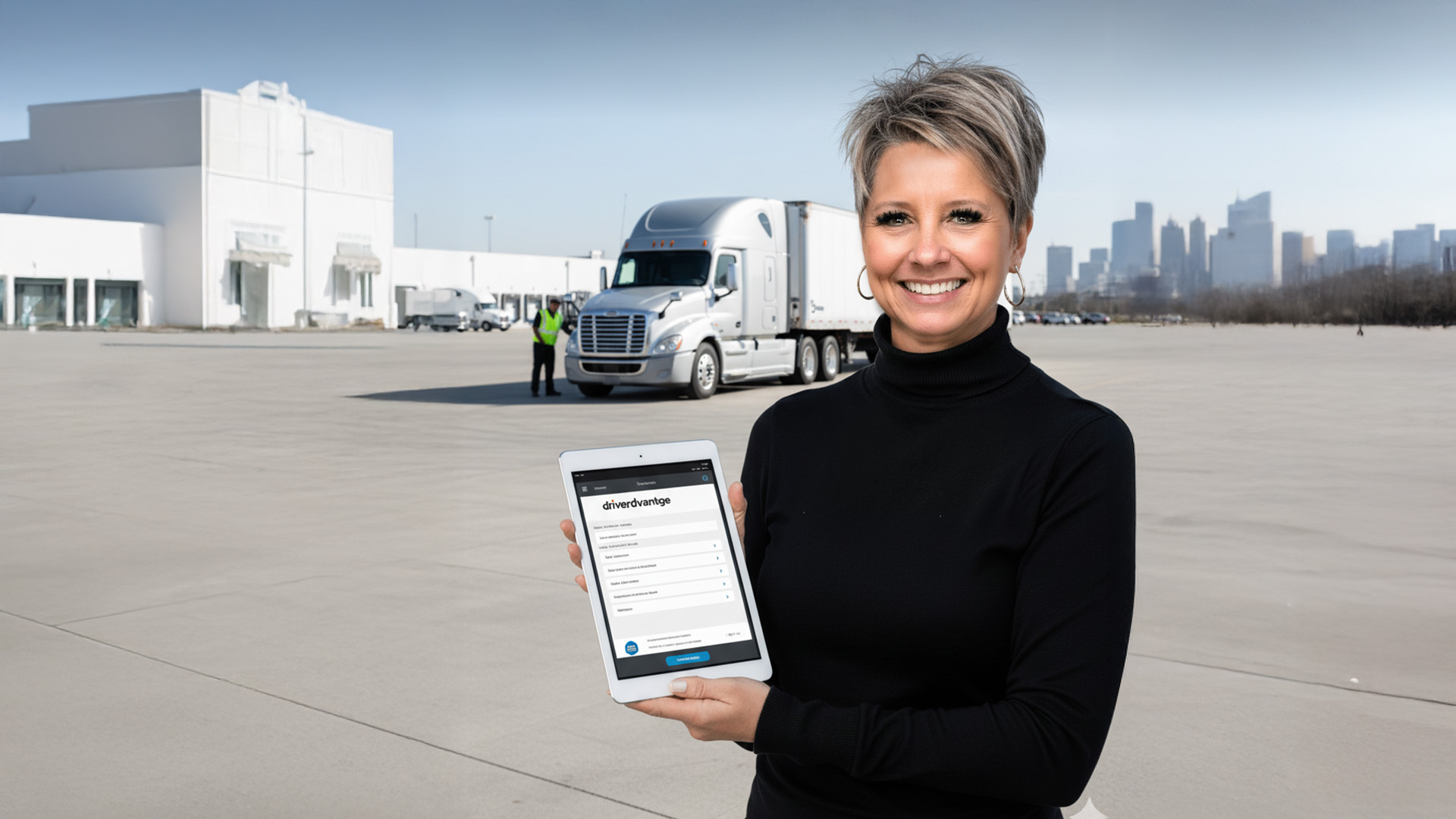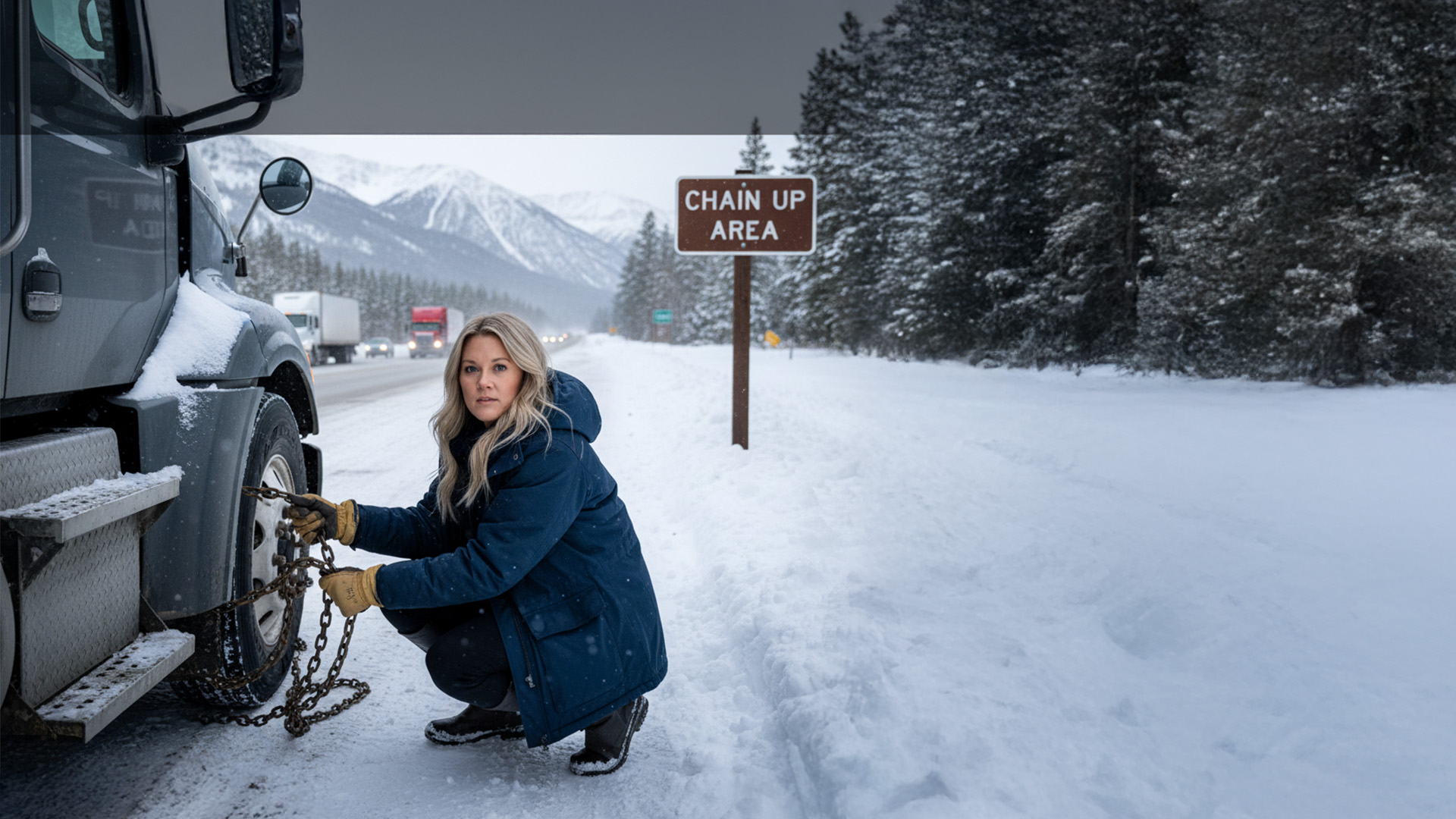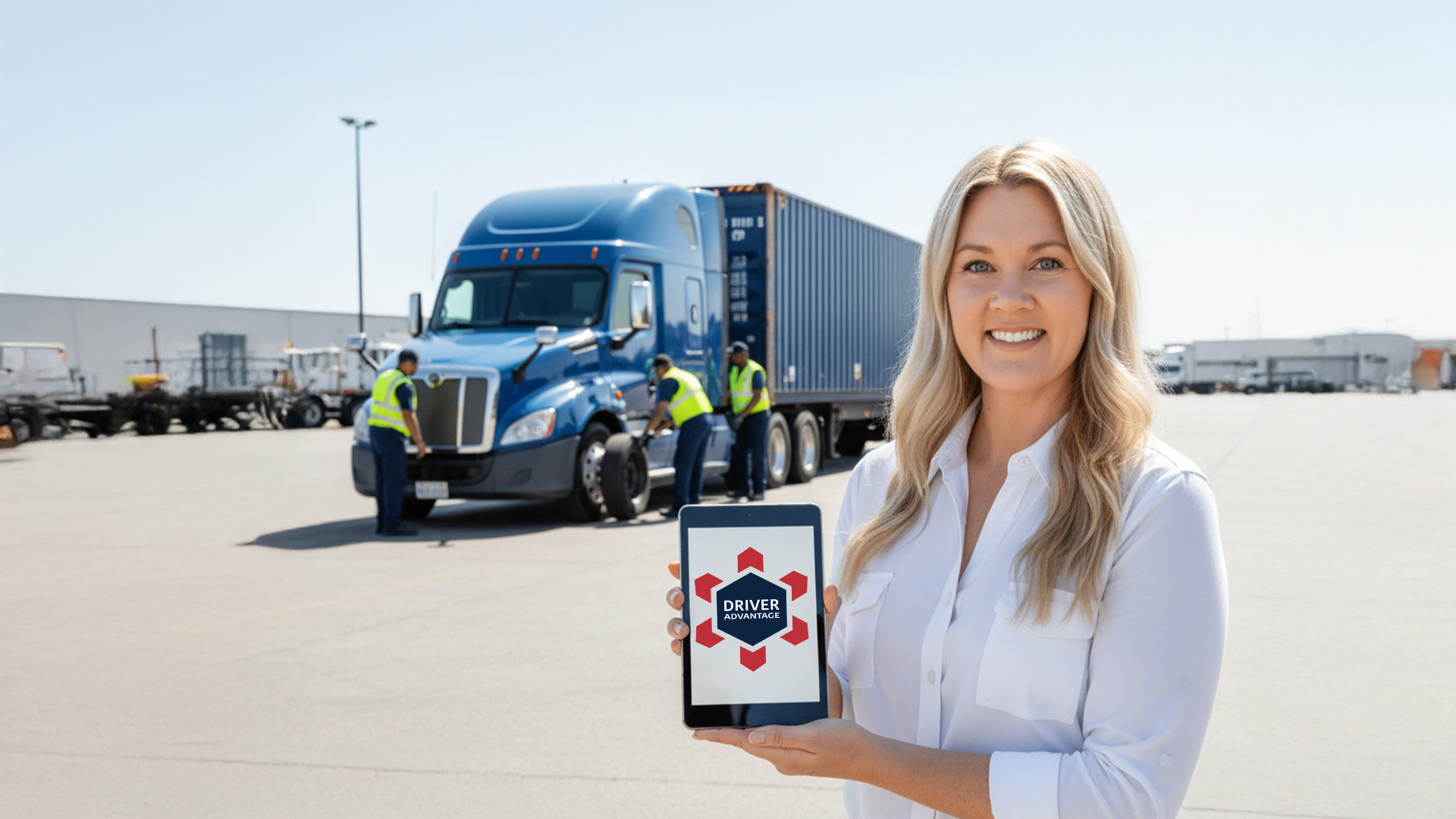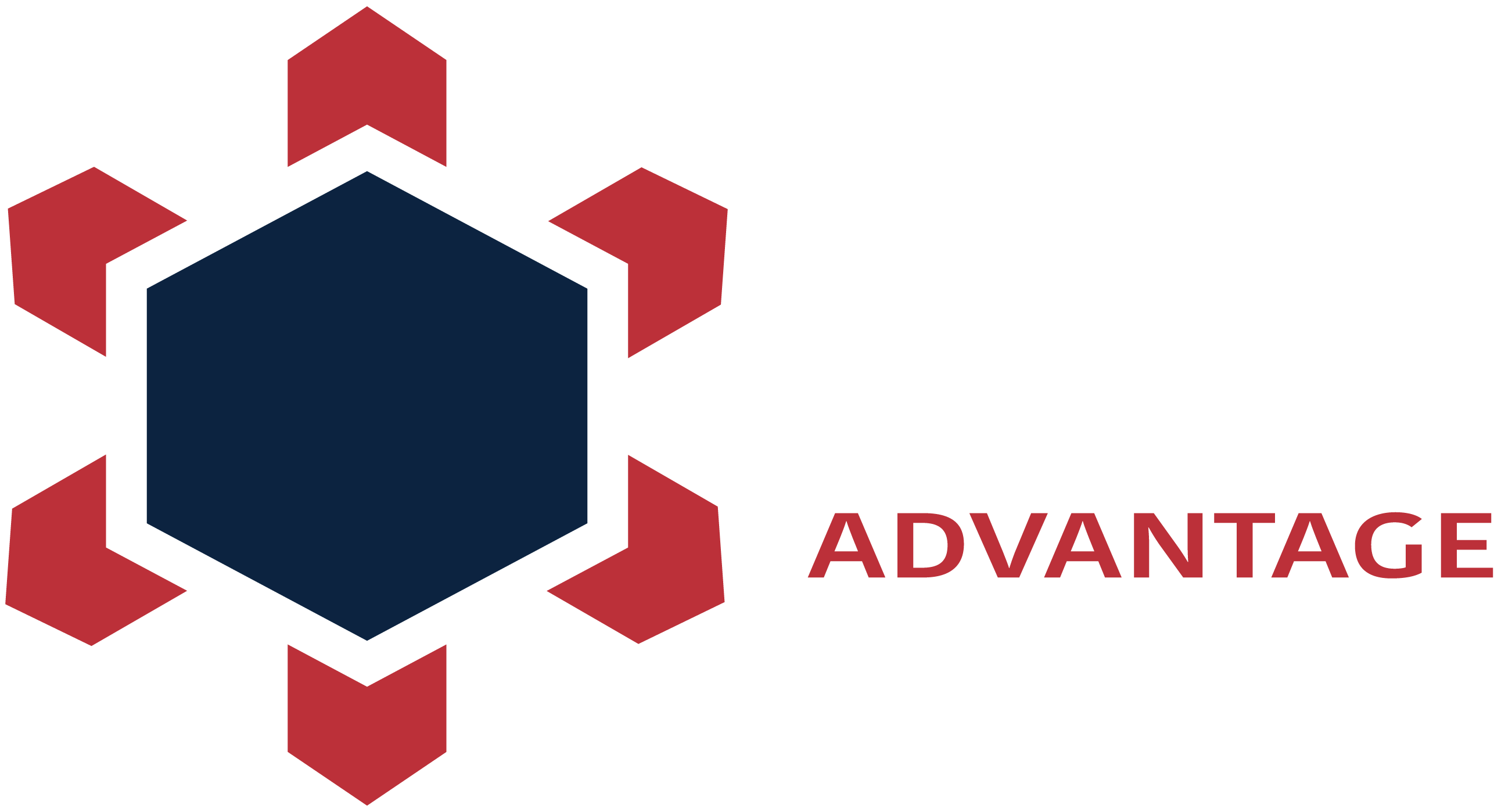You’ve been hauling freight under someone else’s authority for months or even years. You’ve watched them take 20-30% of every load while you do all the work. You’re ready to break free and start getting your own trucking authority—keeping more of what you earn and building real equity in your business.
But here’s what nobody tells you upfront: getting your own authority isn’t just filling out a form and waiting. It’s navigating a complex web of federal requirements, state regulations, insurance coordination, and filing deadlines that can easily take 6-8 weeks if you’re doing it alone. And one mistake? That can set you back weeks and cost you thousands in lost revenue.
This complete guide breaks down everything you need to know about getting your own trucking authority in 2026 what it means, what’s required, realistic timelines, true costs, and most importantly, how to avoid the pitfalls that delay or derail 40% of first-time applications.
What Does Having Your Own Authority in Trucking Mean?
Before diving into the how, let’s clarify what “having your own authority” actually means and why it matters for your bottom line.
Trucking authority is the legal permission from the Federal Motor Carrier Safety Administration (FMCSA) to operate as a for-hire motor carrier in interstate commerce. When you have your own authority, you operate independently—you find your own loads, negotiate your own rates, and keep 100% of the revenue (minus your expenses, of course).
Own Authority vs Leasing to a Carrier
The financial difference is significant:
Leased to a carrier:
- You receive 70-80% of the load revenue
- Carrier handles paperwork, insurance, and compliance
- Less risk, but also less reward
- Limited control over routes and freight selection
With your own authority:
- You keep 100% of the gross revenue
- Full control over which loads you haul
- Direct relationships with shippers and brokers
- Higher earning potential but more responsibility
Owner operator with own authority salary: Most successful owner operators with their own authority report annual incomes ranging from $80,000 to $150,000+ after expenses, compared to $50,000-$80,000 when leased. The difference? That 20-30% you’re no longer paying to someone else’s authority.
The catch is that you’re now responsible for everything: finding loads, maintaining compliance, handling insurance, managing paperwork, and dealing with any legal issues that arise.
Understanding the MC Number and USDOT Number
Getting your own trucking authority requires understanding two critical numbers you’ll need:
USDOT Number
This is your unique identifier issued by the FMCSA. Every commercial vehicle operating in interstate commerce needs a USDOT number. Think of it as your trucking company’s social security number it tracks your safety record, inspections, crashes, and compliance history.
MC Number (Motor Carrier Number)
This is your actual operating authority number. While the USDOT number identifies you, the MC number authorizes you to operate as a for-hire carrier across state lines. This is what allows you to legally haul freight for compensation.
Important distinction: You need both numbers to operate legally. The USDOT identifies you, the MC number authorizes you. Many first-time applicants don’t realize these are separate filings with different requirements—a common source of delays.
What You Need Before Applying for Trucking Authority
Here’s where many aspiring owner operators hit their first roadblock. You can’t just apply for authority and start hauling. The FMCSA requires several prerequisites, and coordinating all of them simultaneously is where things get complicated.
Business Entity Requirements
You must have a legal business entity established before applying. This means:
- Business structure decided: LLC, Corporation, Sole Proprietorship, or Partnership
- EIN (Employer Identification Number) from the IRS
- Business registered in your state
- Business address (PO boxes won’t work for most requirements)
The business structure you choose affects everything from liability protection to how you file taxes. Many new carriers underestimate how critical this decision is—and choosing wrong can have expensive consequences down the road.
Insurance Requirements
This is often the most confusing and expensive part. You’ll need multiple types of insurance coverage:
Primary Liability Insurance:
- Minimum $750,000 for most general freight
- $1,000,000+ for certain commodities
- Must be issued by an FMCSA-authorized insurer
- Needs to be filed electronically with the FMCSA (BMC-91 filing)
Cargo Insurance:
- Typically $100,000 minimum
- Required by most brokers and shippers
- Not federally mandated but practically essential
Physical Damage Insurance:
- Covers your truck
- Not federally required but needed if you have a loan
The coordination challenge? Your insurance company needs your MC number to file your liability coverage with the FMCSA, but you need proof of pending insurance to complete your authority application. This chicken-and-egg situation trips up countless applicants.
BOC-3 Filing Requirement
The BOC-3 (Blanket of Coverage) designates process agents in all 50 states who can receive legal documents on your behalf. Without this filed, the FMCSA won’t grant your operating authority period.
Here’s what makes this tricky: motor carriers cannot file their own BOC-3. You must use an authorized process agent, and coordinating this filing within the required timeline while managing everything else adds another layer of complexity.
The BOC-3 filing must be completed within 90 days of your authority application being published in the FMCSA Register, and timing this correctly is crucial for avoiding delays.
Unified Carrier Registration (UCR)
The UCR is an annual fee paid to operate in interstate commerce. The amount varies based on your fleet size:
- 0-2 vehicles: $69
- 3-5 vehicles: $206
- 6-20 vehicles: $1,309
- (Rates increase with fleet size)
Many first-time applicants forget about UCR entirely, then wonder why they can’t legally operate even after receiving their MC number. It’s a separate registration system with its own deadlines and requirements.
How Long Does It Take to Get Your MC Number Active?
This is the question every aspiring owner operator asks, and the answer frustrates most: it depends.
The Official Timeline
The FMCSA states that processing takes 10-15 business days after your application is submitted. In a perfect world with no errors and all ducks in a row, you might see your authority granted in 3-4 weeks.
The Real-World Timeline
For first-time applicants doing it themselves:
- Research and preparation: 1-2 weeks
- Application completion and submission: 3-7 days (often multiple attempts to get it right)
- FMCSA processing: 10-15 business days
- Insurance coordination: 5-10 days
- BOC-3 filing: 2-5 days
- UCR registration: 1-3 days
- Total realistic timeline: 6-8 weeks minimum
And that’s if everything goes smoothly. If your application has errors, missing information, or coordination issues between the various agencies involved, you can easily hit 10-12 weeks.
What Causes Delays?
The FMCSA rejects or requests additional information on approximately 40% of first-time applications. Common issues include:
- Incorrect business structure information – One wrong selection can invalidate your entire application
- EIN and legal name mismatches – Must match IRS records exactly
- Missing or incomplete safety documentation – The FMCSA requires specific safety management information many applicants overlook
- Insurance coordination problems – Timing the BMC-91 filing incorrectly
- State-specific complications – Each state has additional requirements that can conflict with federal filings
Every error or missing piece of information adds 2-3 weeks to your timeline. For an owner operator eager to start hauling, each week of delay represents $3,000-$5,000 in lost revenue.
True Cost of Getting Your Own Trucking Authority
Let’s break down what you’re actually spending to get your own authority—because it’s more than most people expect.
Federal Filing Fees
- USDOT Registration: Free
- MC Authority Application: $300
- BOC-3 Filing: $20-$75 (through process agent)
- UCR Registration: $69-$1,309 (based on fleet size)
- Federal minimum: $400-$700
Insurance Costs (First Year)
This is where costs escalate quickly:
Primary Liability Insurance: $8,000-$15,000 annually (varies significantly by:
- Your driving record
- Type of freight you’ll haul
- Your experience as a carrier
- Geographic operating area
- Age and value of equipment)
- Cargo Insurance: $1,500-$3,000 annually
- Physical Damage: Varies based on truck value
- Insurance minimum first year: ~$10,000-$20,000
State-Specific Requirements
Depending on where you’re based and where you operate:
- State registration fees: $100-$500
- IFTA (International Fuel Tax Agreement) registration: $10-$50
- IRP (International Registration Plan) plates: $500-$2,000+
- Permits for specific routes or commodities: Varies widely
- State requirements: $500-$3,000+
Hidden Costs Most People Forget
- Time investment: 40-60 hours of research, paperwork, and coordination (What’s your time worth?)
- Errors and resubmissions: Each mistake costs time and potentially money
- Delayed revenue: Every week waiting is a week you’re not earning with your own authority
- Professional consultations: Many end up hiring help after getting frustrated
State-Specific Considerations
Getting trucking authority isn’t one-size-fits-all. Your base state adds its own requirements and complications.
How to Get Trucking Authority in Texas
Texas adds several state-level requirements including:
- Texas Department of Motor Vehicles registration
- Possible Texas Motor Carrier Registration
- Specific insurance requirements for intrastate operations
- TXDOT number requirements for certain operations
Texas owner operators also need to understand the distinction between interstate (crossing state lines) and intrastate (only within Texas) authority, as requirements differ.
How to Get Trucking Authority in Florida
Florida requires:
- Florida USDOT number for intrastate operations
- Additional permitting for certain commodities
- State-specific insurance filing requirements
Florida’s insurance requirements can be particularly complex, with different minimums depending on what you’re hauling and where.
How to Get Trucking Authority in Georgia
Georgia demands:
- Possible PSC (Public Service Commission) number for intrastate
- Georgia-specific safety compliance documentation
- Coordination with Georgia Department of Revenue for IFTA
Each state adds its own paperwork, fees, and processing times to the federal requirements. Navigating these state-level complications while managing federal filings is where many DIY applications stall out.
Trucking Authority Packages: What Are They?
You’ve probably seen ads for “trucking authority packages” or “authority services” promising to handle everything for you. Here’s what these typically include and what you need to know:
What Legitimate Authority Packages Include
Basic packages ($500-$1,000) usually cover:
- USDOT and MC number application assistance
- BOC-3 filing coordination
- Basic guidance on insurance requirements
- UCR registration assistance
Comprehensive packages ($1,500-$3,000) typically include:
- Everything in basic packages, plus:
- Insurance coordination and shopping
- State-specific filing assistance
- IFTA/IRP registration help
- Ongoing compliance support for the first year
- Dedicated support through the entire process
What Authority Services Don’t Include
Even comprehensive packages rarely include:
- The actual insurance premiums (you pay these separately)
- UCR fees (you pay directly to UCR)
- State registration fees
- Equipment (your truck, trailer, etc.)
Is a Trucking Authority Package Worth It?
Here’s the honest calculation:
DIY approach:
- Cost: $400-$700 in filing fees
- Time investment: 40-60 hours
- Timeline: 6-8 weeks (if no major errors)
- Error rate: ~40% need resubmission or corrections
- Risk: Potential delays costing $3,000-$5,000+ per week in lost revenue
Authority service approach:
- Cost: $1,000-$2,500 total (depending on service level)
- Time investment: 2-5 hours (providing information)
- Timeline: 3-5 days to 2-3 weeks
- Error rate: <5% with reputable services
- Risk: Minimized—experts handle coordination and compliance
The math is simple: if an authority service can get you operating even 3-4 weeks faster than doing it yourself, you’ve made up the cost difference in increased revenue. And if they help you avoid just one major error that would cause a 2-3 week delay, they’ve more than paid for themselves.
Red Flags in Authority Services
Not all authority services are created equal. Watch out for:
- Unrealistic promises: “Get your authority in 24 hours” (impossible given FMCSA processing times)
- Hidden fees: Always ask for total cost breakdown upfront
- No insurance coordination: Insurance is the hardest part—services that don’t help with this provide limited value
- Poor reviews or no track record: Check BBB, Google reviews, and trucking forums
- No direct contact: You should have access to real people who know your specific situation
After You Get Your Authority: What Happens Next?
Let’s say your MC number just became active. Congratulations—but you’re not ready to haul freight yet. Here’s what many new carriers don’t realize is still ahead:
The Safety Audit Window
During your first 12-18 months of operation, the FMCSA will conduct a “New Entrant Safety Audit.” This is a comprehensive review of your:
- Driver qualification files
- Vehicle maintenance records
- Hours of service compliance
- Drug and alcohol testing program
- Accident register
- Safety management practices
Failing this audit can result in your authority being revoked. Yet most new carriers don’t understand what needs to be in place and documented from day one.
Ongoing Compliance Requirements
Operating your own authority means constant compliance management:
Quarterly:
- IFTA fuel tax reporting and payment
Annually:
- UCR renewal
- DOT inspection (every 12-15 months)
- Insurance renewals and updates
- MCS-150 updates (every 24 months)
Ongoing:
- Driver qualification file maintenance
- Vehicle inspection reports
- Hours of service logs
- Random drug and alcohol testing
- Accident reporting within specific timeframes
One missed deadline or forgotten requirement can result in fines, authority suspension, or worse. This ongoing administrative burden is why many owner operators eventually decide that leasing to a carrier was actually easier—even if less profitable.
Building Broker Relationships
Having authority doesn’t automatically mean you have loads. You’ll need to:
- Set up accounts with load boards (DAT, Truckstop, etc.)
- Apply to work with freight brokers (each has their own packet requirements)
- Build a reputation and get references
- Negotiate rates effectively
- Manage receivables and cash flow
Most new carriers underestimate how much time goes into the business development side versus actually driving.
DIY vs. Using an Authority Service: The Real Decision
By now, you understand what’s involved in getting your own trucking authority. The question becomes: should you tackle this yourself or use a professional service?
When DIY Makes Sense
Consider doing it yourself if you:
- Have significant extra time (40-60 hours minimum)
- Enjoy paperwork and regulatory research
- Don’t mind a 6-8 week timeline
- Have experience with business registrations and federal filings
- Can afford potential delays and aren’t in a rush
- Have a support system to answer questions
When a Professional Service Makes Sense
Consider using an authority service if you:
- Want to start hauling as soon as possible (every week matters)
- Don’t have 40-60 hours to spend on research and paperwork
- Value peace of mind over saving a few hundred dollars
- Want to avoid the stress of coordinating multiple agencies
- Can’t afford the risk of errors causing costly delays
- Prefer to focus on finding loads and driving versus paperwork
The Cost-Benefit Analysis
What’s your time worth? If you value your time at even $25/hour, you’re looking at $1,000-$1,500 in time investment to do it yourself. Professional services often cost less than the value of your time they save.
What’s a week of delays worth? If you’re ready to start hauling and could be making $3,000-$5,000 per week, even a 2-week delay from errors costs you $6,000-$10,000. Most authority services cost a fraction of that.
What’s your stress tolerance? Money aside, the mental burden of navigating federal regulations, coordinating multiple agencies, and worrying about whether you’ve done everything correctly has real value. Many owner operators report that using a professional service eliminated significant anxiety during an already stressful business transition.
Common Mistakes New Carriers Make
After helping thousands of owner operators get their authority, certain mistakes appear again and again:
1. Applying Before They’re Ready
Starting the application before you have all prerequisites (business entity, EIN, insurance plan, etc.) just creates headaches and delays. The FMCSA doesn’t put your application “on hold”—they reject it or request additional information, restarting your timeline.
2. Choosing the Wrong Business Structure
Your business structure (LLC, Corporation, etc.) affects:
- Your personal liability protection
- How you pay taxes
- Your insurance costs
- Future growth and hiring options
Many carriers choose Sole Proprietorship because it’s simplest, then regret it later when they understand the liability exposure or tax implications.
3. Shopping Insurance Too Late
Insurance is complex and expensive. Getting quotes and understanding your options should happen before you start your authority application, not after. Many carriers are shocked by insurance costs and wish they’d known earlier.
4. Underestimating Ongoing Compliance
Getting your authority is just the beginning. The ongoing paperwork, record-keeping, and compliance requirements catch many new carriers off guard. Plan for this from day one or consider services that provide ongoing compliance support.
5. Not Having Adequate Operating Capital
You’ll need 3-6 months of operating expenses saved because:
- Brokers often pay on 30-day terms (or longer)
- Unexpected repairs happen
- Insurance comes due
- Slow freight periods occur
- Compliance costs pop up
Running out of money in your first few months because you underestimated working capital needs is heartbreakingly common.
6. Ignoring State Requirements
Focusing only on federal requirements while missing state-specific filings, permits, or registrations can result in operating illegally without realizing it—along with fines and authority problems.
Frequently Asked Questions
How much does it cost to get dot authority?
The federal filing fees are $300-$400, but total startup costs including insurance, BOC-3, UCR, and state requirements typically range from $11,000-$25,000 for your first year.
Can I get my own authority without a truck?
Yes. You can obtain authority before purchasing equipment. However, you’ll need to have trucks before your insurance can be bound and your authority becomes truly active. Some people get authority first to lock in their MC number, then acquire equipment.
How much does it cost to get your own trucking authority?
Beyond federal fees, expect to invest $1,000-$3,000 in your first year for all the required registrations, filings, and administrative requirements not including insurance premiums.
Do I need a CDL to get my own authority?
Not necessarily. Your business entity can obtain authority even if you personally don’t have a CDL. However, to drive commercially, you or your drivers will need appropriate CDLs based on what you’re hauling.
How long does my MC number stay active?
Once granted, your MC number remains active as long as you maintain compliance, keep insurance current, and pay annual UCR fees. If you go inactive for extended periods, you may need to reapply.
What’s the difference between getting authority in different states?
Federal MC authority is the same nationwide—it’s granted by the FMCSA regardless of your base state. However, each state adds its own requirements for intrastate operations, registrations, and permits.
The Bottom Line: Getting Your Own Authority in 2026
Getting your own trucking authority represents a significant milestone in your trucking career. It’s the difference between working for someone else and building your own business. The financial upside is real—most successful owner operators with their own authority earn 25-35% more than when leased.
But it’s also complex, time-consuming, and full of potential pitfalls. Between federal requirements, state-specific regulations, insurance coordination, and ongoing compliance, there are dozens of ways to make costly mistakes that delay your authority or create problems down the road.
You have three options:
1. DIY Approach: Invest 40-60 hours of your time, navigate all the complexity yourself, and accept a 6-8 week timeline with the risk of errors causing delays. Lowest upfront cost but highest time investment and risk.
2. Professional Authority Service: Invest $1,000-$2,500 to have experts handle the paperwork, coordination, and compliance. Fastest timeline (often 3-5 days to 2-3 weeks), lowest error rate, minimal time investment. Higher upfront cost but often cheaper when you factor in time savings and avoiding delays.
3. Hybrid Approach: Handle some aspects yourself (like researching insurance) while using services for the actual filing and coordination. Moderate cost and time investment.
The right choice depends on your situation, timeline, experience with federal regulations, and what your time is worth. But regardless of which path you choose, understanding what’s truly involved—as outlined in this guide—prepares you for success.
Ready to Get Started?
Whether you decide to tackle your authority application yourself or work with a professional service, the most important step is taking action. Every week you delay is a week of lost revenue and missed opportunity to build your independent trucking business.
If you’re ready to move forward but want expert guidance through the process, Driver Advantage specializes in helping owner operators get their authority quickly, correctly, and without the stress of navigating complex federal regulations alone. With hundreds of successful authority filings and comprehensive support from application to approval, we eliminate the guesswork and get you operational fast.
Get started with Driver Advantage today and join the 100’s of owner operators who’ve successfully made the leap to operating under their own authority without the headaches, delays, and costly mistakes that trip up most first-time applicants.
Your independent trucking business is waiting. Let’s make it happen.




